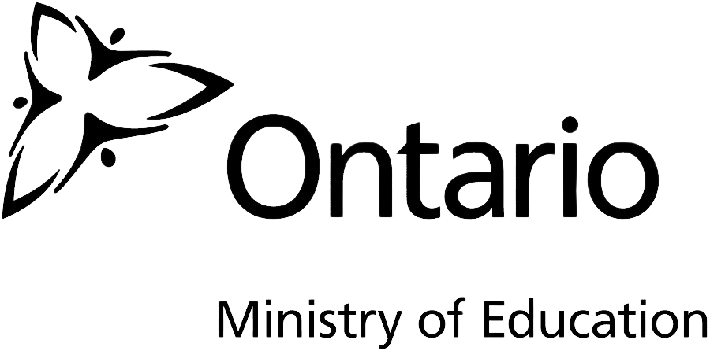
Martin Doherty is the CEO of Ethos Education & Canadian Global Academy : the exclusive authorized provider of the renowned 3rd globally ranked Ontario Ministry of Education‘s curriculum and Digital Learning Platform outside of Canada. He is also the founder the cutting edge magazine, Education Distruptor.
Through our School Partnership Program, we empower schools worldwide to attain Canadian Accreditation, providing the opportunity to establish themselves as Canadian Accredited schools. Additionally, home-based businesses can run their own Canadian Accredited Micro-School. Contact us today to learn more!
Related Posts
- How Can Data-Driven Curriculum Alignments Boost Student Interests?
Unlock academic potential through School Data Insights—drive curriculum that ignites student passion and thirst for…
- How Can Unlocking Parent Feedback Data Improve Student Retention?
Discover how School Data Insights harness parent feedback to boost student retention. Elevate education with…




